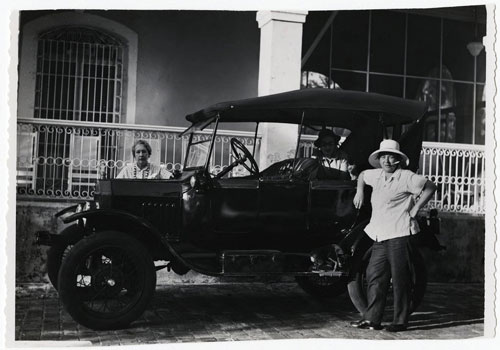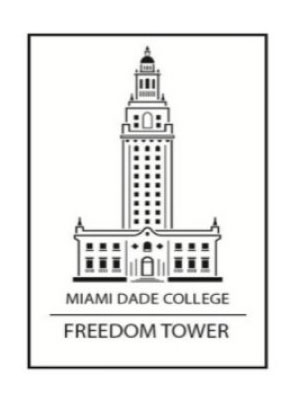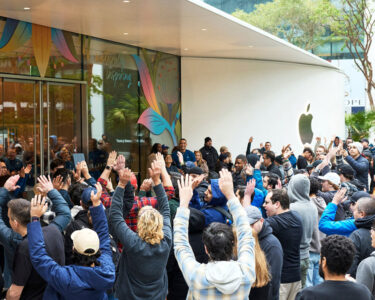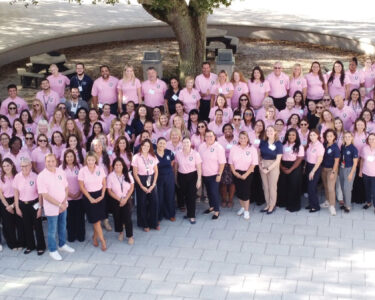
Miami Dade College’s Cuban Legacy Gallery at the historic Freedom Tower will present Remaking Miami: Josefina Tarafa’s Photographs of the 1970s, an exhibition of images by the photographer, editor, and philanthropist that pictures the transformation of our city by the arrival of Tarafa’s fellow Cuban immigrants. The exhibition will be on view during fall 2020 (opening date TBA) until Sunday, February 28, 2021.
A member of a Cuban family prominent in politics and economics, Josefina Tarafa (1907–82) developed a particular interest in the photographic and audio documentation of Afro-Cuban cultures and, more widely, in various forms of Cuban popular culture. In the 1970s, she recorded the Cuban traces being engraved on Miami, creating what is arguably one of the most meaningful bodies of images that picture the transformation of the city during those years.

The first exhibition dedicated to Tarafa’s photography, Remaking Miami includes thirty posthumous prints, made from photographs in an archive of approximately one hundred and fifty original images, now preserved in postcard-size format as part of the Lydia Cabrera Papers at the University of Miami. The prints were produced in collaboration with MDC Special Collections.
Tarafa’s exploration of Miami combined the approaches of urban and visual anthropology. Emphasizing the relationships between immigrants and their environment, Tamara highlighted how Cuban immigrants generated the necessary conditions for their constitution as an extended community visible in the space of the city, and how they contributed to transforming it culturally, as well as economically and socially.














 Deering Estate
Deering Estate
 Massage Envy South Miami
Massage Envy South Miami
 Calla Blow Dry
Calla Blow Dry
 My Derma Clinic
My Derma Clinic
 Sushi Maki
Sushi Maki
 Sports Grill
Sports Grill
 The Healthy Kitchen
The Healthy Kitchen
 Golden Rule Seafood
Golden Rule Seafood
 Malanga Cuban Café
Malanga Cuban Café

 Kathleen Ballard
Kathleen Ballard
 Panter, Panter & Sampedro
Panter, Panter & Sampedro
 Vintage Liquors
Vintage Liquors
 The Dog from Ipanema
The Dog from Ipanema
 Rubinstein Family Chiropractic
Rubinstein Family Chiropractic
 Your Pet’s Best
Your Pet’s Best
 Indigo Republic
Indigo Republic




 ATR Luxury Homes
ATR Luxury Homes


 2112 Design Studio
2112 Design Studio
 Hamilton Fox & Company
Hamilton Fox & Company
 Creative Design Services
Creative Design Services
 Best Pest Professionals
Best Pest Professionals
 HD Tree Services
HD Tree Services
 Trinity Air Conditioning Company
Trinity Air Conditioning Company
 Cisca Construction & Development
Cisca Construction & Development
 Mosquito Joe
Mosquito Joe
 Cutler Bay Solar Solutions
Cutler Bay Solar Solutions


 Miami Royal Ballet & Dance
Miami Royal Ballet & Dance
 Christopher Columbus
Christopher Columbus
 Pineview Preschools
Pineview Preschools
 Westminster
Westminster
 Carrollton
Carrollton
 Lil’ Jungle
Lil’ Jungle
 Frost Science Museum
Frost Science Museum
 Palmer Trinity School
Palmer Trinity School
 South Florida Music
South Florida Music
 Pinecrest Orthodontics
Pinecrest Orthodontics
 Dr. Bob Pediatric Dentist
Dr. Bob Pediatric Dentist
 d.pediatrics
d.pediatrics
 South Miami Women’s Health
South Miami Women’s Health

 The Spot Barbershop
The Spot Barbershop
 My Derma Clinic
My Derma Clinic




 Miami Dance Project
Miami Dance Project

 Rubinstein Family Chiropractic
Rubinstein Family Chiropractic
 Indigo Republic
Indigo Republic

 Safes Universe
Safes Universe
 Vintage Liquors
Vintage Liquors
 Evenings Delight
Evenings Delight





 Atchana’s Homegrown Thai
Atchana’s Homegrown Thai
 Baptist Health South Florida
Baptist Health South Florida

 Laser Eye Center of Miami
Laser Eye Center of Miami
 Visiting Angels
Visiting Angels
 OpusCare of South Florida
OpusCare of South Florida

 Your Pet’s Best
Your Pet’s Best





 HD Tree Services
HD Tree Services
 Hamilton Fox & Company
Hamilton Fox & Company


 Creative Design Services
Creative Design Services